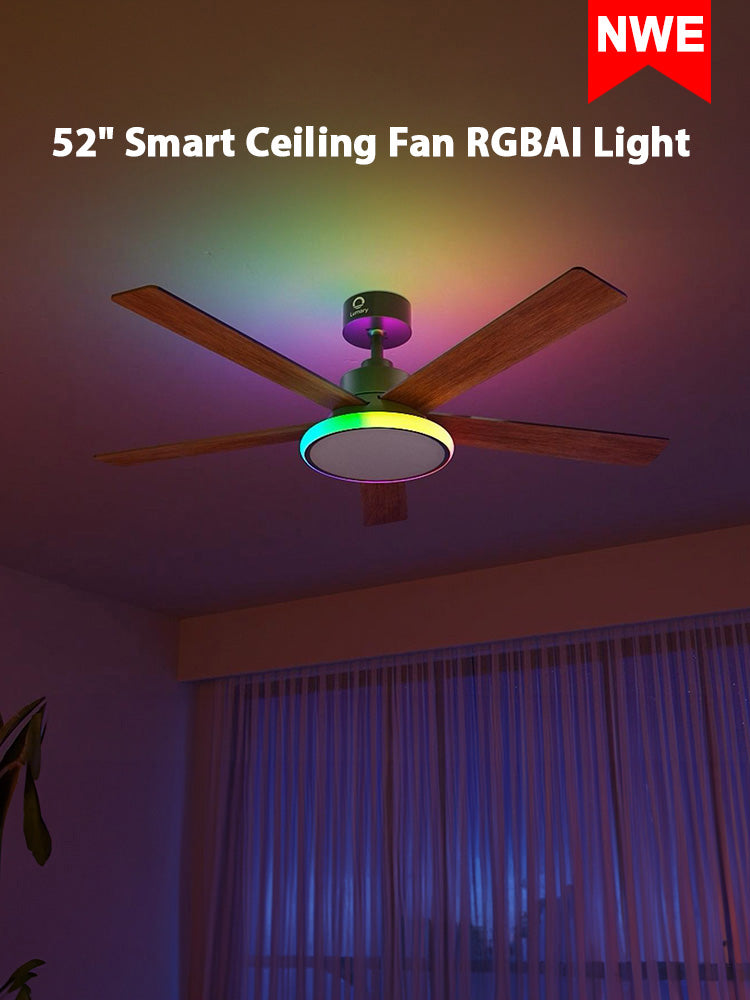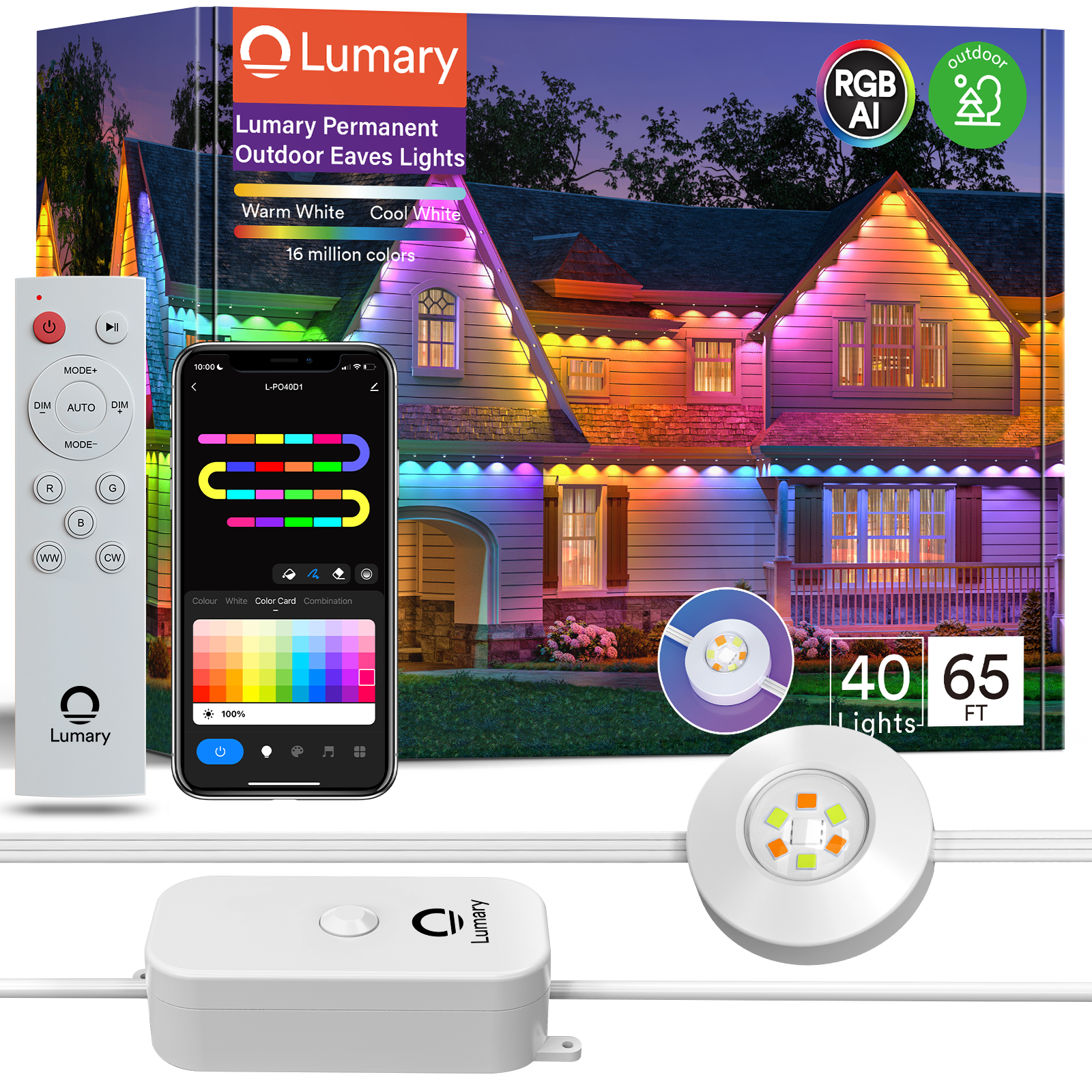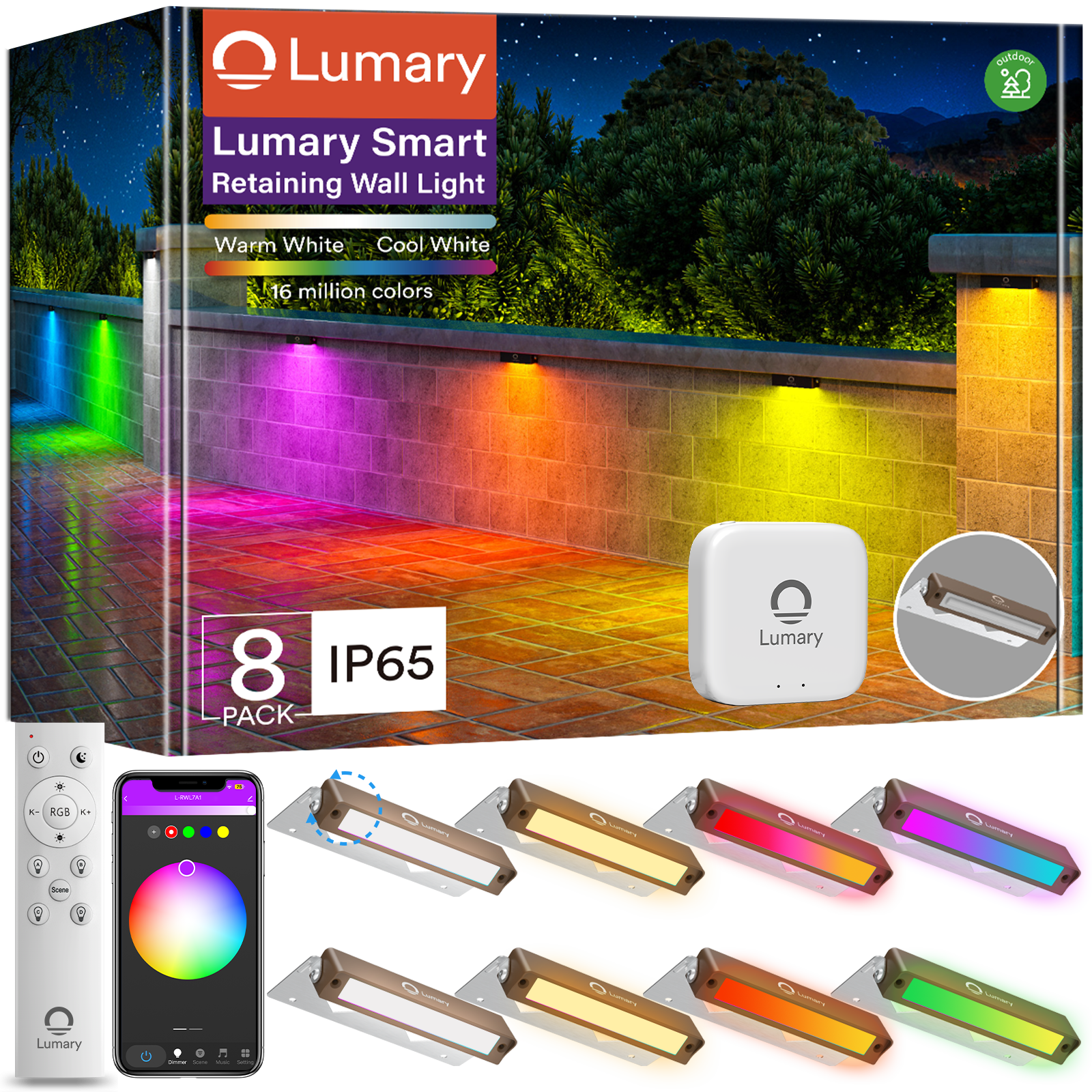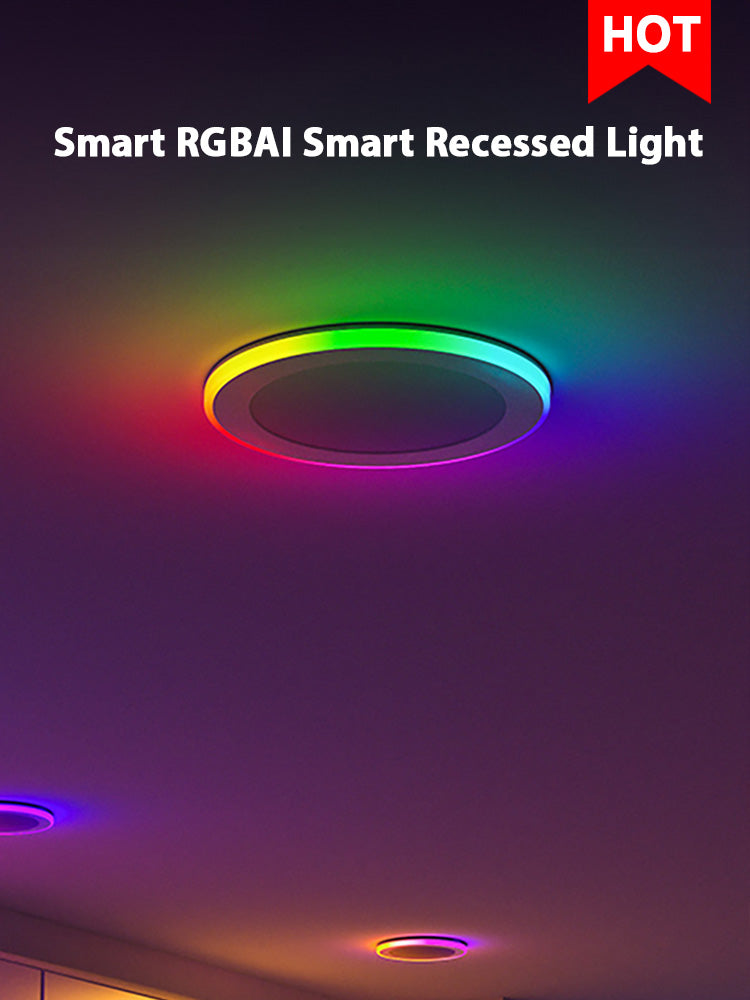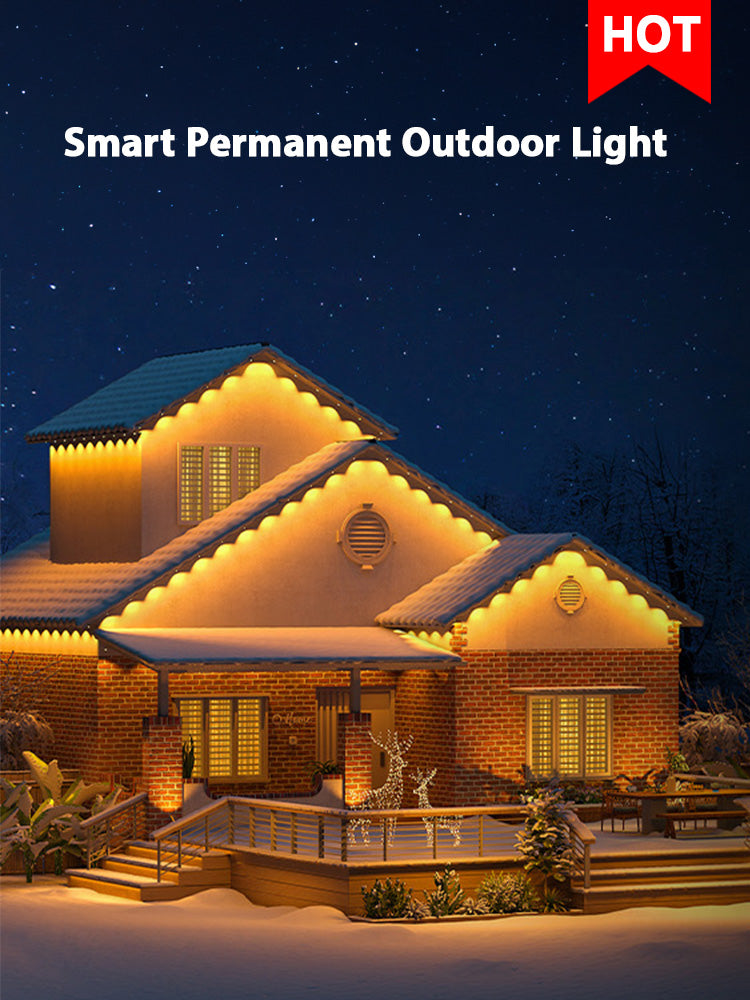Landscape lights are like the stars of your garden, making it sparkle even after the sun sets. But sometimes, you might want to shake things up and move those lights around—maybe to show off a new statue or just to give your yard a fresh look. Doing this the right way is key; you’ll want to keep everything looking good and working properly. This guide will tell the steps of relocating your LED landscape lighting, from planning the new spots to switching the lights back on. We’ll make sure you’ve got all the info you need to rearrange your lights safely and efficiently so your outdoor space will keep shining bright in all the right places.

Mapping Out Your Garden’s New Glow
Before you start pulling up lights and digging new spots, it’s important to have a plan for where everything will go. Take some time to think about what you want to achieve with your lighting. Do you want to create a cozy corner for evening chats, light up a walkway, or highlight that impressive oak tree? Knowing your goal will help guide where your lights should move.
Assessing Your Space
Grab a cup of coffee and take a leisurely stroll around your yard during the day. Look at the paths that wind through your garden, the favorite hangout spots, and those special garden features that deserve some attention at night. Think about where you need light for safety, like along steps or a walkway, and where you’d like light for drama or coziness. These considerations are essential when deciding how to choose the best outdoor landscape lighting to enhance both safety and aesthetic appeal.
Bring a notepad with you, jot down your thoughts, and maybe even sketch out a rough map of your yard. Consider things like how the light will fall in certain areas and where shadows might form. You don’t need to be an artist; just get your ideas down on paper.
Marking New Homes for Lights:
Once you have a good idea of your new layout, it’s time to mark where each light will go. You can use simple tools like string and stake flags, or even just sticks from the garden, to pinpoint the new spots. These markers are great because they give you a visual cue without making any permanent changes just yet. You can move them around and experiment with different placements until it feels just right.
Prepping for a Hazard-Free Landscape Lights Removal
After you’ve mapped out your garden’s new lighting design, it’s time to roll up your sleeves and get started.
Cutting the Power
First things first, we need to cut off the juice to your lights. Head over to your main power box and flip off the breaker that’s connected to your outdoor lighting. If you’re not sure which one it is, it’s better to be safe and turn off the main power to your whole house. A few minutes without power is a small price to pay to keep you safe.
It might also be helpful to put a piece of tape over the switch with a note saying something like “Do Not Turn On - Work in Progress.” This way, no one accidentally flips the lights back on while you’re working.

Gear Up for Safety
Now that there’s no electrical current zipping through those wires, it’s time to gear up. Think of yourself as a garden astronaut; you need your suit and helmet before heading into space. In this case, your “space” is the work area, and your suit is a pair of sturdy gloves to protect your hands from sharp objects and critters hiding in the soil. Your helmet can be a pair of safety goggles to keep dirt and debris out of your eyes.
If your lights are wired directly into your home’s electrical system and you’re not feeling super confident about handling them, it’s perfectly okay to call in a pro. Better to bring in an expert than to take risks when it comes to electricity.
Taking Out the Old Landscape Lights: The Right Tools and Touch
You’re going to need the right tools for this delicate task—to avoid wrecking either the fixtures or your garden.
Grab Your Toolkit
You won’t need the whole garage—just a few essentials. A screwdriver will help you loosen any tight screws if your lights are mounted. If they’re staked into the ground, gently use a spade or a trowel to dig around the base. This helps to free up the light without yanking it out and potentially damaging the wires or the light itself.
For lights that are bolted down, an adjustable wrench will be your best friend. It allows you to unscrew the bolts without stripping them, making it easier to lift away the light fixture.
Light Lifting
Now for the actual removal. Whether your lights are staked in the dirt or attached to something more solid, take your time and ease them out. Gently wiggle the stakes to loosen them from the soil’s grip. If they’re mounted, support the light with one hand as you undo the fastenings with the other to prevent it from falling.
During this process, keep an eye (and a hand) on the wiring. You don’t want to pull too hard and end up with a game of tug-of-war against the electrical cable. If the wire feels stuck or you encounter resistance, stop and investigate. There might be clips, ties, or underground staples holding the wire in place.

Giving Your Landscape Lights a Health Check
Give them a thorough check-up when these landscape lights are out of the ground. This step is to make sure everything’s in tip-top shape before hitting the road again.
Damage Inspection
With all the lights and wires laid out, start by looking for any obvious signs of damage. Are there cracks in the fixtures? Maybe some wires that look worn out or nibbled on (those garden critters can be sneaky)? Take your time with this—finding and fixing these issues now could save you from a bigger headache later. Think of it as a detective game, where any clue can lead you to solve the ‘case’ of the faulty light.
Clean and Tidy
Once you’re sure everything’s intact, it’s cleaning time. Grab a cloth and wipe down the fixtures. If you come across stubborn dirt or debris, a soft-bristled brush can help scrub it away without scratching the surface. For glass parts, a little bit of soapy water can bring back the shine—just make sure everything is completely dry before reconnecting.
Wires deserve some care, too. Unwind any knots and gently straighten them out. If they’re looking a bit grimy, a damp rag should do the trick to get them clean. Be gentle, though; we don’t want any frayed wires.
Maintenance Matters
Lastly, if any parts need a little extra care—like lubricating moving parts or replacing a rusty screw—now’s the time to do it. A well-oiled fixture will adjust more smoothly, and a fresh screw can prevent future rust problems. It’s like prepping your gear before a big game, ensuring everything performs at its best when it’s game time.
How to Plant Your Landscape Lights Anew?
Preparing New Digs
Take a look at the spots you marked earlier. For each future resident of your garden—the landscape lights, that is—you’ll need to prepare the ground or surface they’re going to call home. If they’re going back into the soil, grab a shovel or a garden trowel to dig holes just deep enough for the stakes or bases. You want them snug in the soil, so they don’t wobble or tip over with the first puff of wind.
For lights that will be mounted onto something, like a wall or a deck railing, get those drills and screws ready. Make sure the surface is clean and sturdy; it needs to be a reliable support for your fixtures.
Wiring With Care
Once you have the spots prepped, the next step is all about making the connections—literally. Carefully thread the wires through their designated paths, whether that means tucking them under the soil or running them along a structure. If the idea of wiring gives you the jitters, remember there’s no shame in calling an electrician. It’s crucial that this part is done right to avoid any flickering issues later on—or worse, safety hazards.
Connect everything based on the manufacturer’s instructions or your own prior setup if you’re reinstalling existing fixtures. Secure connections are important, both for safety and for ensuring that your lights work smoothly.
Testing Before Final Fixing
Before you commit to burying cables or permanently mounting fixtures, do a quick test run. Gently place the light in its spot and connect the power to make sure it turns on. Once you know all systems are go, then you can proceed with final installation—burying, sealing, and fixing everything into place.
How Can You Power On and Perfect Your Landscape Lights?
After all that digging, cleaning, and connecting, it’s time to see your new lighting layout in action.
Flipping the Switch
Head over to your power box and turn the breaker back on. If you’ve been extra cautious and shut off the main power supply to your house, it’s time to bring everything back to life. With the flip of a switch, you’ll be able to see if your garden makeover has paid off.
As the lights come on, take a slow walk around your garden. Watch as each light greets you with a warm glow or a bright beam. It’s like watching the stars come out but in your own backyard.
Fine-Tuning for Perfection
Now that everything’s lit up, look for spots where the lighting might not be quite right. Maybe a spotlight is shining too harshly on a statue, creating some spooky shadows, or a path light isn’t covering as much ground as you’d hoped.
This is when you get to play director with your garden set. Adjust the angles of the lights to soften harsh beams, reposition lights that aren’t hitting their mark, or even swap out bulbs if you find the intensity isn’t what you expected. You want to create the perfect balance of light and shadow to showcase your outdoor space.
Your Garden, Redefined with Landscape Lights
With your landscape lights now nestled in their new locations and tested for that perfect twilight ambiance, your garden revamp is complete. You’ve safely uprooted, inspected, and lovingly replanted each fixture, ensuring every beam shines where it should. As dusk falls and your yard comes alive with well-placed highlights and a soft glow, you can bask in the satisfaction of a job well done. Your garden isn’t just illuminated; it’s transformed—ready to enchant and welcome both the quiet night and lively gatherings. So go ahead, step back, and let the warm glow of your efforts light up the evening. Your reimagined outdoor space is not only a testament to your handiwork but also an inviting beacon of beauty, safety, and serenity.





